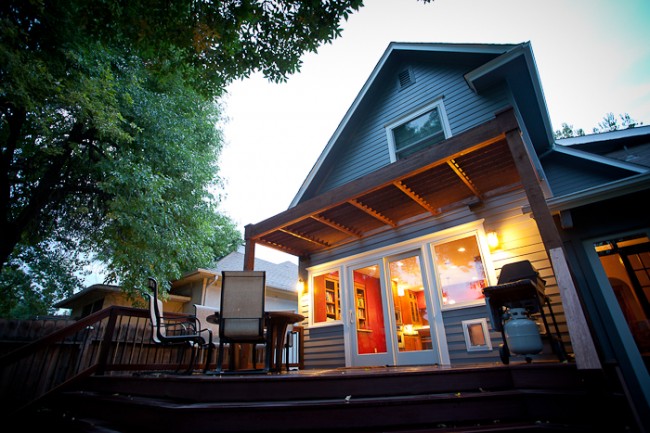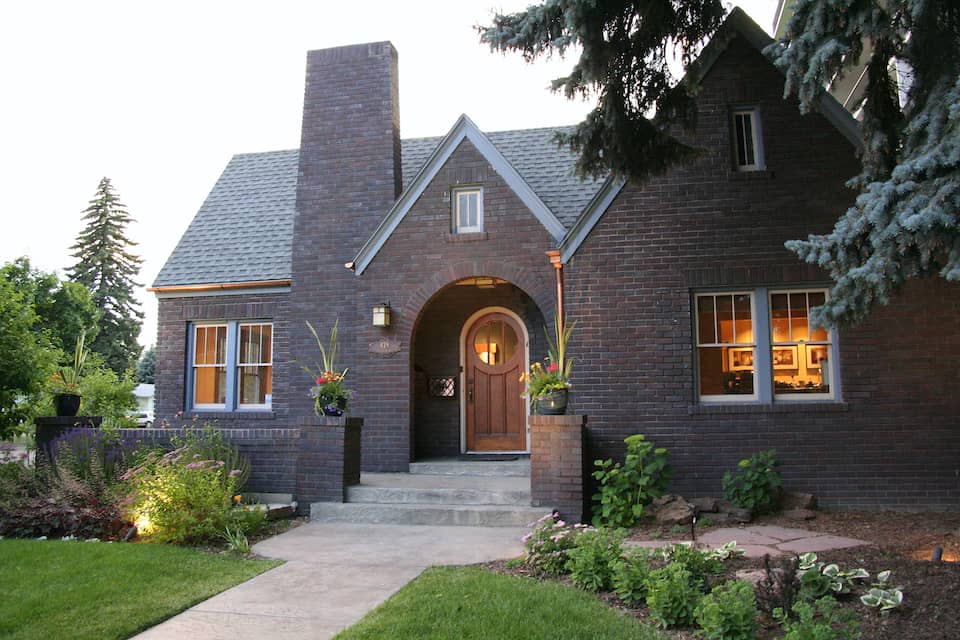Memorial Day weekend will be here before you know it, and with it plans for backyard barbeques and soaking up sunshine on a deck or patio. 
Although this holiday marks the unofficial kickoff of summer, Colorado’s mild climate draws us outside year-round. So it’s not a shock that local homeowners consider a deck or patio a landscaping given. But a word to the wise – not all decks and patios are created equal. Either option quickly can turn into a neglected waste of space if your lifestyle and other practical needs aren’t taken into consideration during design.
To make sure your deck or patio is used to the fullest, first consider your lifestyle. Do you need a wide open space to entertain large groups of friends or a more intimate setting for small family dinners? A heavy hot tub might require additional piers to provide adequate support.
And be sure to keep our intense Colorado sun in mind. Will you use your deck or patio if it’s an exposed heat sink? If yes, then be sure to choose durable, low-maintenance materials that can weather sun and extreme temperatures. Steep terrain will influence the design and construction technique applied, which also may require a site review by a structural engineer. Neighborhood covenants, local building codes and your budget will dictate the size and style of your deck or patio and the types of materials used. Speaking of materials, here are the pros and cons for the most popular options:
» Composite or vinyl decking is virtually indestructible and extremely low maintenance. It’s splinter free, contains UV protectant and doesn’t require sealing. However, it may fade in the sun, have a plastic appearance and might get brittle over time.
» Wood decking provides a natural element to your landscaping. Ipe, pronounced ee-pay, is a tropical hardwood option with characteristics similar to teak. It’s twice as strong as oak and more durable than redwood and cedar. Whatever wood you choose, it can get hot underfoot, and it also may splinter and warp. Wood also can be expensive and must be treated and maintained to prolong its wear.
» Concrete patios can be colored and stamped to look like natural stone or brick pavers. They require little maintenance and, depending on your finish choice, can be relatively low cost per square foot. The downside is they can crack, and some stamping and staining options are pricey.
» Paver patios are very versatile and add interest to your landscape. Their natural joints can support a lot of weight so you don’t have to worry about stress cracking. The biggest drawback to brick pavers is the higher cost of labor and materials.
If you want to hit the deck running with your outdoor project but are not sure where to start, check out the free public seminar Outdoor Living Spaces at 5:30 p.m. May 31 at HighCraft Builders, 429 S. Howes St. in Fort Collins. Visit www.HighCraft.net for more information and to register.

